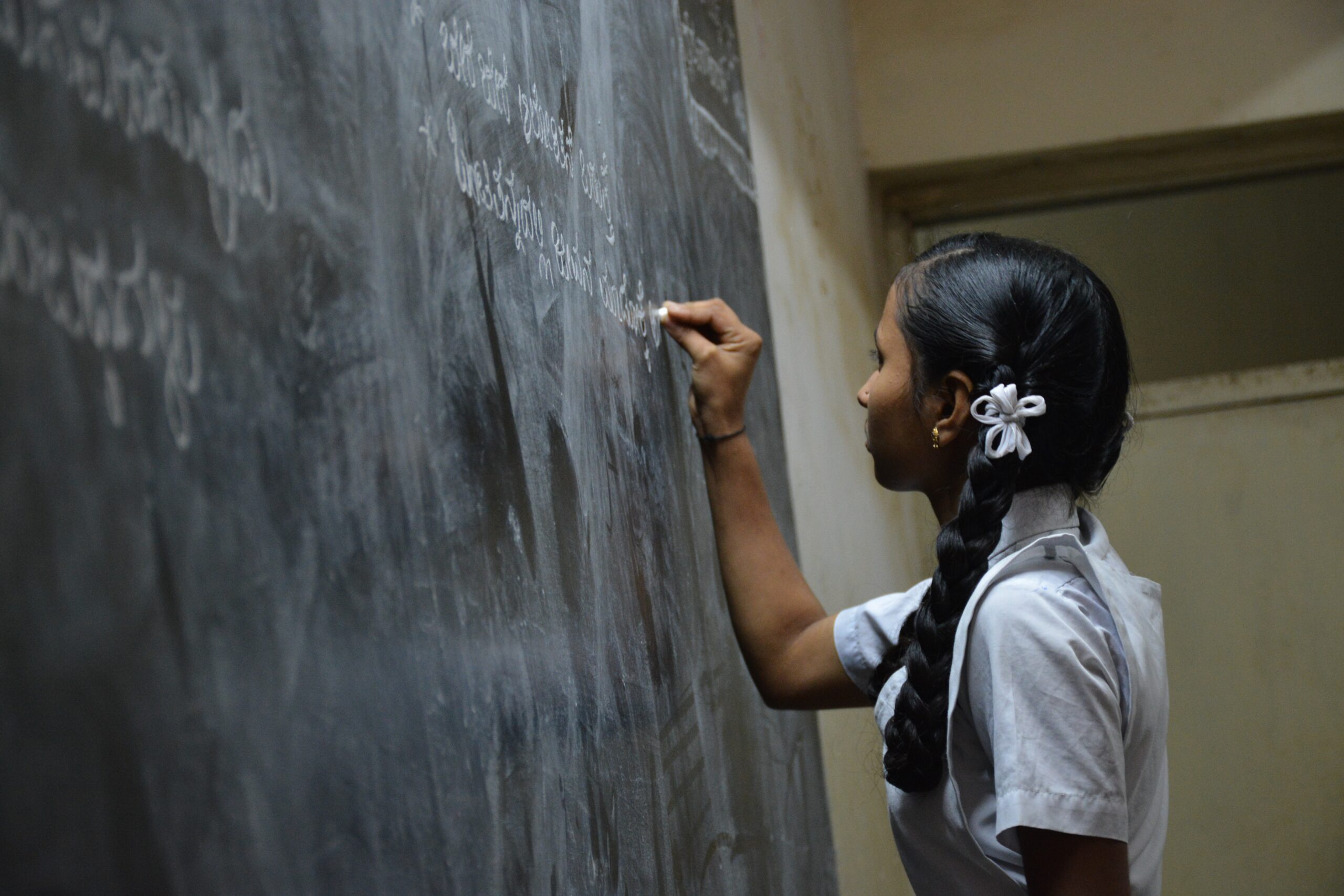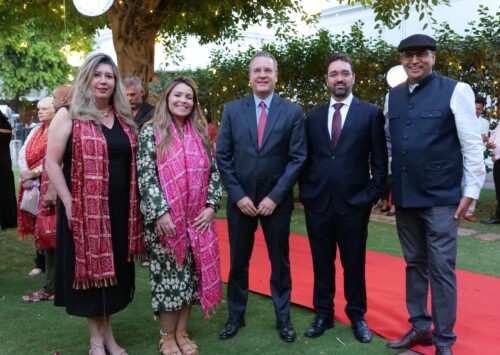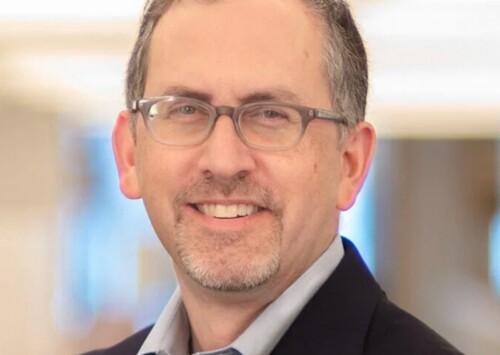Student suicides on the rise in India

The overly toxic and competitive environment in Indian schools affects many students’ mental health, with a worrying number resorting to drastic measures (Photo: Nikita S/Unsplash)
On September 15, a 17-year-old girl, the daughter of daily wage workers and who had dreams of attending medical school in Tamil Nadu aspirant, allegedly killed herself over fears of not being able to pass a crucial entrance exam to join a medical school. Alarmingly, it is the third such death in less than a week, following the suicide of an 18-year-old girl and 19-year-old student Dhanush, both of whom died over the exact same fears of clearing NEET.
The National Eligibility Entrance Test (NEET) is the qualifying test for medical and dental programmes in India, and since the exam was introduced in Tamil Nadu in 2017, more than 15 medical aspirants have died by suicide in the state, due to crippling fear of failure. These are certainly not isolated cases. In April 2019, 19 students in Telangana committed suicide in just one week after the intermediate exam results were announced. Dread of failing or faring poorly in exams are closing doors not only to students’ education, but to their lives.
Students suffocate under parents’ dreams
“We definitely face more academic pressure compared to other countries, especially in the West. The fear of failure is ever present, because it is my dream to become an engineer and if I cannot perform well in the exams, then my dream is crushed,” Shubhadip Chakraborty, a third-year engineering student of NSIT Delhi, tells Media India Group.
Chakraborty explains that although competition in a classroom setting can be good for a student’s development, the overly toxic and competitive environment in Indian schools affects many students’ mental health, with parents as well as students going to immense lengths to achieve the best results. Manipulation of the system is also hardly uncommon.
Amid the recent spate of suicides in Tamil Nadu that caused an uproar in the community, the CBI has recently unearthed a major NEET scandal involving a Maharashtra-based coaching centre, where candidates were charged as much as INR 5 million to ensure admission into government medical colleges and “adopted fraudulent means and unfair practices” like using proxy candidates.
“I was actually lucky to be given the freedom to study whatever I want, but the main pressure does not come from the highly competitive nature of the exams, but from the parents. It is absolutely very common for Indian students to face a lot of pressure from their parents. I have seen parents force their children to give every exam they can possibly give. Even my friend is being forced by her parents; she wants to do law, but she has to apply for JEE (Joint Entrance Examination for engineering) as well because her father wants her to do engineering, even though she has no interest in it,” says Chakraborty.
Abdul Mabood, director of Snehi, a non-profit organisation that offers psychosocial support and mental health care to students post and pre-exams, also blames societal pressures.
“That is the reason many students suffer so much emotional stress. In our society, people attach a lot of prestige to academic results, which worsens students’ anxiety. The results of the exam is not attached only to the student, but also to the school and the family’s honour,” explains Mabood.
Tamil Nadu Chief Minister MK Stalin made an emotional appeal to students after the tragic incidents, saying, “I beg of you, please do not end your lives. Nothing is impossible for you. Study with that confidence. Parents, too, should instil self-confidence in children and not stress them out.” Stalin also advised panicked children to seek help from mental health experts by dialling 104. Although still considered a stigma in Indian society, experts say an increasing number of young people are opening up to asking for help with their stress and anxiety.
Dr Arun John, executive vice president of Vandrevala Foundation, started the initiative in 2008 when he realised there was no helpline that worked 24/7, and most of the helplines already established were often manned by counsellors with non-psychology backgrounds. Dr John explains that prior to the Covid-19 pandemic, the helpline was receiving around 4,000 calls per month. Now, they can go up to 24,000 communications monthly.
“We have undergone exponential growth due to the trauma and stress induced by the pandemic, the uncertainty and the hardships it brought on everyone. It also led to us introducing the chat counselling feature, because many people said they were in closed spaces and could not talk openly,” Dr John tells Media India Group.
Although the helpline addresses a range of issues from callers, including those suffering from anxiety, depression, and financial losses, exam season undoubtedly brings an onslaught of calls from panicky students.
“Whenever it is exam time, even before the pandemic and NEET, whenever March came, we started getting the same calls – ‘how will I face my parents? They have so spent so much money on tuitions for me, they are expecting marks above 90 pc, but I am sure I will fail.’ It’s a classic pattern that happens. And because there was a gap of 2 years, people have gone out of the habit of exams as everything was online and different from regular classes, and academic pressure may have increased. Obviously when there’s a sudden onslaught after two years, you are not going to be prepared,” says Dr John.
Equalised education system
Students and mental healthcare workers alike say one of the main drawbacks of the Indian education system is its single-minded focus on STEM (science, technology, engineering and maths) careers.
“Right now, the whole focus of teaching is just to cover the syllabus. If at all we want to do something good, this education system has to be bulldozed first. There should be a mix of cultural, social, inter-disciplinary education that can really suit individuals’ needs. Why should there be 50 IITs and 1 JNU? A fair balance of technical and social science education should be emphasized, and only that will help reduce stress on students,” says Mamood.
Tamil Nadu CM Stalin has further stated that exams like NEET, which have many irregularities anyway, close many doors of opportunities in the field of education, and can destroy rural students’ dreams of getting educated. Earlier this month, Tamil Nadu passed a new bill to stop NEET-based admission to medical courses. However, as it challenges a central law, it cannot be implemented without a sign-off from President Ram Nath Kovind.
“It is the parents’ mindset that needs to be moulded. They think if their child becomes a doctor or an engineer they are immediately settled in life. Students should get acquainted with more and more opportunities in school itself, and they should know that these 3 or 4 entrance exams that the country has is nothing. They must get to know about all options in the market. It’s parents, students and teachers’ collective responsibility to tell them what they can do right from a young age. Institutions need to stop glorifying just exams and give students options,” says Chakraborty.
Addressing the root cause of academic pressure may be the most efficient way to alleviate stress and ensure that such drastic measures stop being such a frequent choice for the youth. As a society, experts agree that Indians must start uplifting and listening to students’ voices in order to create a more inclusive and healthier environment for learning.









